Tips for Garnishing and Presenting Cocktails, New Year’s Eve Cocktail Party
Ring in the new year with style by presenting your cocktails with the perfect finishing touches at your Cocktail party. Here’s a DIY guide to garnishing and serving your cocktails, all dressed up!

GARNISHING
Ranging from a flower or petal, an olive or sprig of mint, to a piece of crystalised stem ginger, garnishes add the finishing touch to a cocktail. Garnishing allows you to be creative, but it is intended for enhancing the flavour, colour and overall appearance of your drink rather than disguising it, so ensure you do not make your cocktail to look like fruit salad! Decorate after mixing and pouring the drink.
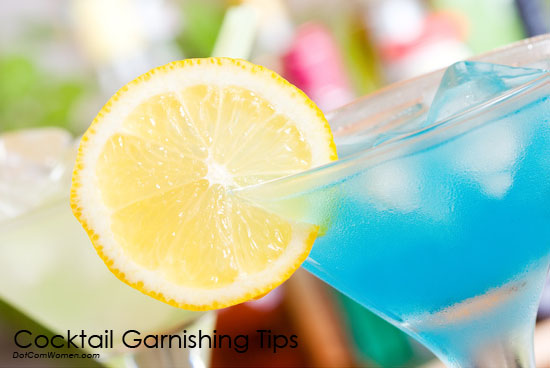
Choose a garnising fruit that complements or reflects the ingredients of the drink: apricot wedges to go with an Apricot Sour, Strawberries in a Strawberry Dawn, slices of banana in a Banana Diaquiri. Or try contrasting colours and tastes.
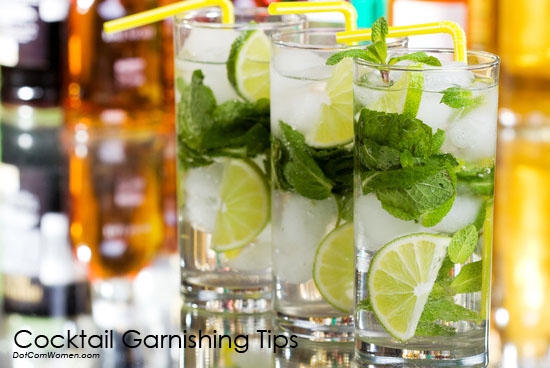
Slices or wedges of lemon, orange and lime are colourful and easy to use.
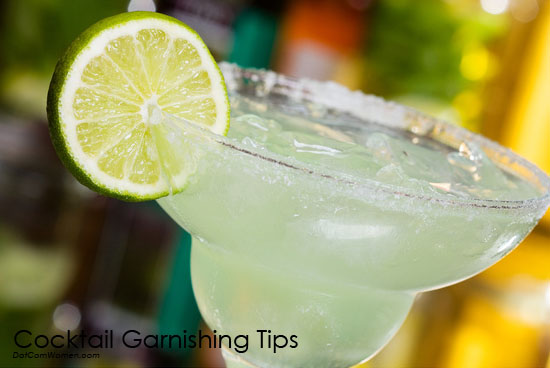
Thread glace cherries on coloured cocktail sticks to achieve a brighter effect.
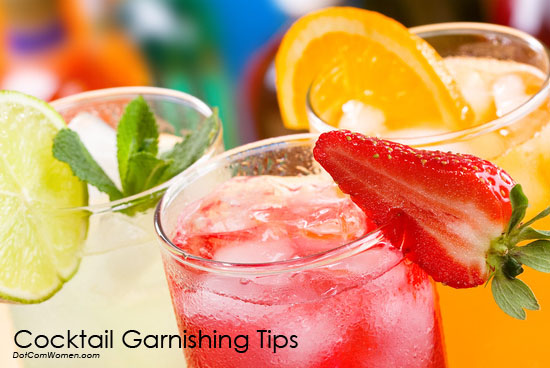
Select exotic fruits such as mango, pineapple or kiwi to enhance tropical drinks.
Use of a sprinkling of powdered nutmeg or cinnamon, or grated chocolate, to add to attractiveness of drinks with cream or egg incorporated.
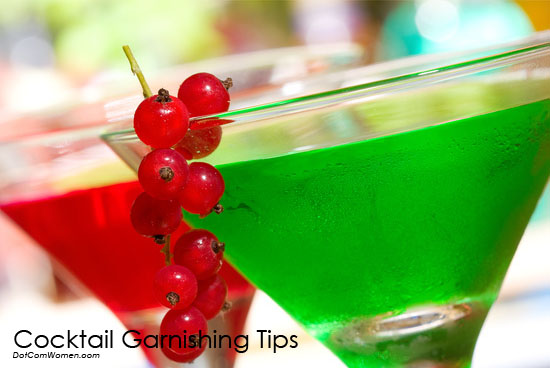
Try adding paprika, celery sticks, cucumber slices, stuffed olives and pearl onions to enhance less sweet cocktails.
Extravagances such as paper parasols and coloured straws add a flamboyant touch.
Twists or spirals of peel are made by using a sharp knife to shave off strips of the coloured part of the peel leaving behind the white pith. The peel is twisted over the drink, releasing a fine spray of oil into the glass and the peel then dropped in.
PRESENTATION
Egg White: Does not alter flavour, but enhances the appearance of a drink. Separate 1 or 2 egg whites into a jug. ‘Cut’ with a sharp knife to prevent the whole amount from slipping into the shaker during cocktail mixing, rather than the required dash that is all that is necessary.
Frosting: The rim of a glass adds a stylish touch. Sugar-frosting is generally used for drinks with a neutral spirit – gin, vodka or white rum. Salt-frosting is less common and is used with drinks like Magaritas. Dip the rim of the glass into a saucer of egg white, then dip in lemon juice, followed by salt. Subsitute egg white with grenadine to give a pink frosting.
Glasses: Cocktail containers can range from a brandy balloon to a pineapple shell, most vessels being suitable provided that the drink is well presented. There are guidelines, however, that suggest specific glasses for particular categories of drink:
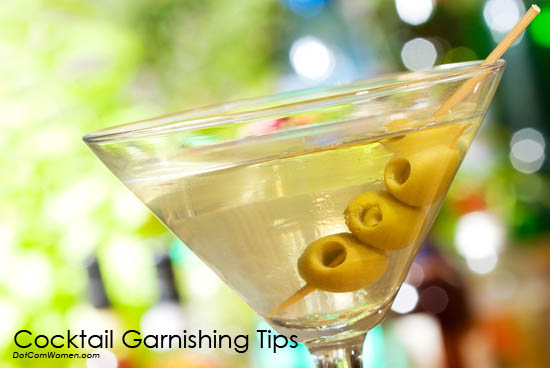
Stemmed glass for cocktails not served on ice, as they will stay cool for longer.
Tumblers or highball glasses for dinks on ice.
Cocktails glasses (triangular, ‘V-shaped’) for short cocktails.
Goblets for drinks incorporating egg yolks or cream.
Champagne flutes and standard wine glasses for wine based drinks.
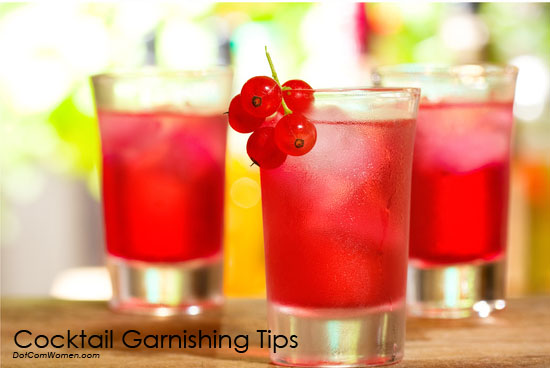
Serving:
All cocktails are served cold, so if possible chill the glass beforehand by standing in a refrigerator or filling the serving glass with a scoop of ice.
Never fill the glass to the brim, and leave room for garnish if one is to be used. Garnish last and serve immediately, especially if the drink contains ice.
Always hold the glass by the stem or base to avoid fingerprints and unnecessary warming of the drink.

